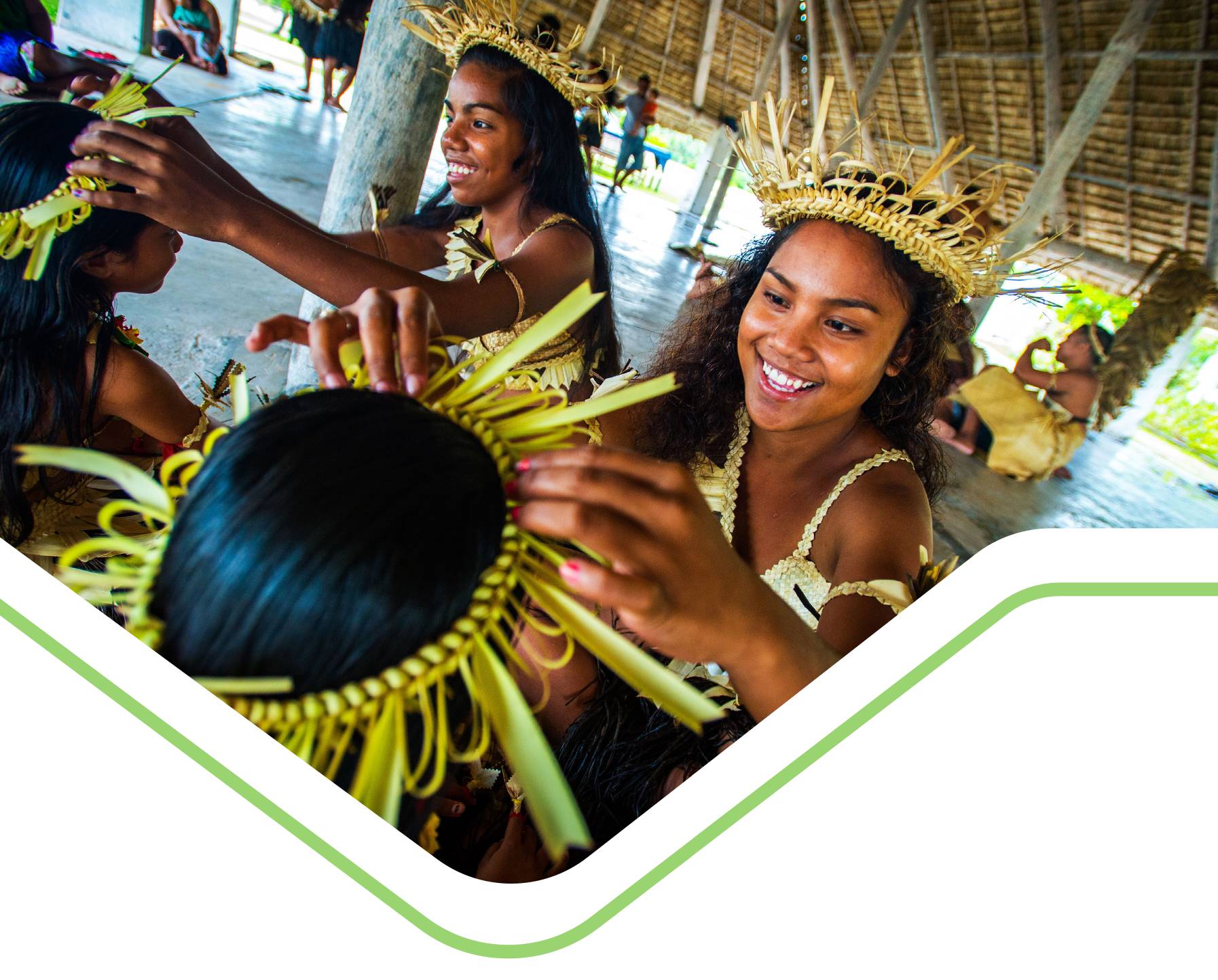
Kiribati is at a crucial juncture in its sustainable tourism journey, guided by the Kiribati Sustainable Tourism Policy and the National Sustainable Tourism Framework 2024–2034. These frameworks establish ambitious goals for a resilient, environmentally responsible tourism sector through the Mauri Mark tourism standards programme. However, significant challenges remain. Limited awareness and capacity regarding circular economy (CE) and sustainable consumption and production (SCP), fragmented governance, value-chain bottlenecks, and high operational costs threaten sustained progress. Micro, small and medium enterprises (MSMEs) and community-based tourism enterprises (CBTEs) are particularly affected by these barriers, which reduce their ability to participate fully in Kiribati’s tourism economy.
The Sustainable Tourism Enhancement in the Pacific (STEP) Project, implemented as part of the EU SWITCH- Asia Pacific Policy Support Component, offers a strategic framework to advance sustainable tourism practices tailored specifically for Pacific Island nations, including Kiribati. Building on the Pacific Sustainable Tourism Policy Framework (PSTPF) and the Pacific Sustainable Tourism Standards (PSTS), the STEP initiative places a strong focus on Circular Economy (CE) and Sustainable Consumption and Production (SCP) approaches.
The Kiribati Country Pathway seeks to advance CE and SCP in the tourism sector by addressing the following questions:
-
How are Circular Economy (CE) and Sustainable Consumption and Production (SCP) principles currently reflected in Kiribati’s national tourism policies, standards, and actions, and what opportunities exist to strengthen, mainstream, and consolidate them in both design and implementation mechanisms?
-
How can Kiribati’s national tourism standards be improved or developed to complement, align with the Pacific Sustainable Tourism Standard and support effective implementation of CE and SCP practices where gaps or new needs arise?


